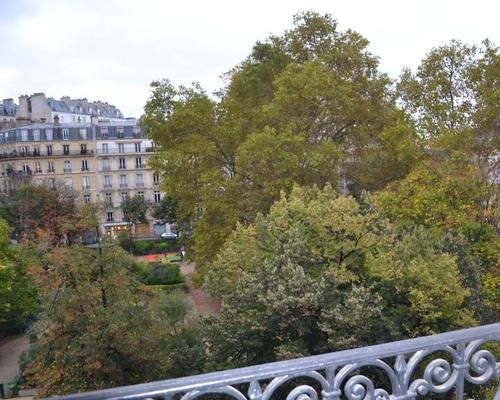
The core of Paris’ origins, first settled by the sub-Celtic Parisi tribe in the third century B.C., this star-studded area occupies a central portion of the Right Bank and the western tip of Ile-de-la-Cité. If there’s one district you’ll visit, chances are, it will be Paris 1. As such, we have stuck with the original 20. The four arrondissements still exist but are no longer used as administrative or electoral sectors. Honestly, this is mostly political since those four districts are generally less populated and thus were lacking sufficient political power. Since 2020, the first four arrondissements have been regrouped into one arrondissement, called the Paris Centre. The arrondissement system has not changed since 1860 until recently. Paris 1 is also called the Louvre, for example, and Paris 5 is also called Panthéon. Each arrondissement also has a name, often for a local monument. The 20th arrondissement ends up in the northeast of Paris. Paris 5 jumps across the Seine to the Left Bank, with the next few spiraling southward along the Seine, then jumping back to the Right Bank, and so on. Paris 1 is in the middle, at the western tip of Ile-de-la-Cité, Paris 2 is just to the north of that, followed by 3 to the east and 4 to the south, forming a tight swirl around which others curl outward in a clockwise direction. Arrondir in French means “to encircle”-hence, the name. If you look at how the arrondissements are arranged on a map, you’ll see they progress in a shell shape-or escargot shape. They’re usually named for a main sight, and they’re numbered one through eighty, starting with the first four in Paris 1: 1.) Saint-Germain-l’Auxerrois 2.) Les Halles 3.) Palais-Royal and 4.) Place-Vendôme. Parisians typically don’t refer to quarters, but it’s good to be aware of them, just in case. As the city grew, Napoléon III and Baron Georges-Eugène Haussmann expanded the number in 1860 to 20 by incorporating territory outside the original city limits.Įach arrondissement is then divided into four quarters. They’re essentially political entities, each one with its own mayor and arrondissement council. Paris was first divided into arrondissements in 1795-at that point, there were only 12: nine on the Right Bank and three on the left.

Here are some insights into this uniquely Parisian system. They are used to identify the locations of houses, landmarks, museums, restaurants, and everything else the City of Light offers. There are 20 of them, each with its own flavor and feel. Notre-Dame is in the quatrième arrondissement (fourth, or Paris 4), the Eiffel Tower the septième (seventh, or Paris 7), Montmartre the dix-huitième (eighteenth, or Paris 18), and so on.Īrrondissements are administrative districts in Paris. Everything you need to know about where to eat, shop, drink, and sightsee across Paris' 20 arrondissements.Ĭhances are, if you ask a Parisian where to find this hotel or that museum, they’ll give you the arrondissement.


 0 kommentar(er)
0 kommentar(er)
